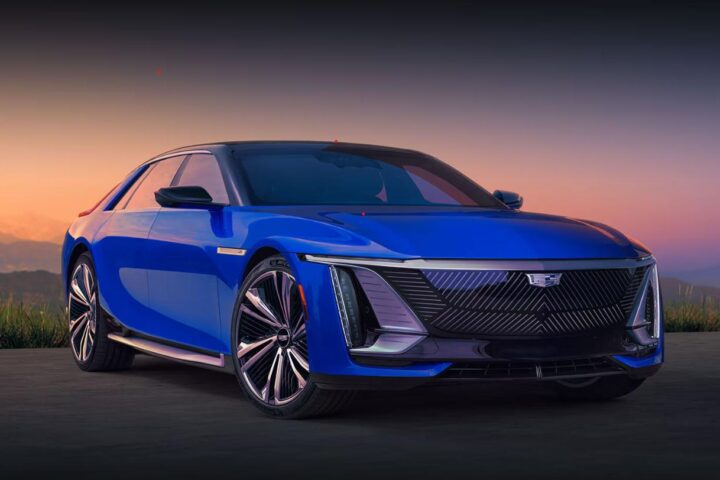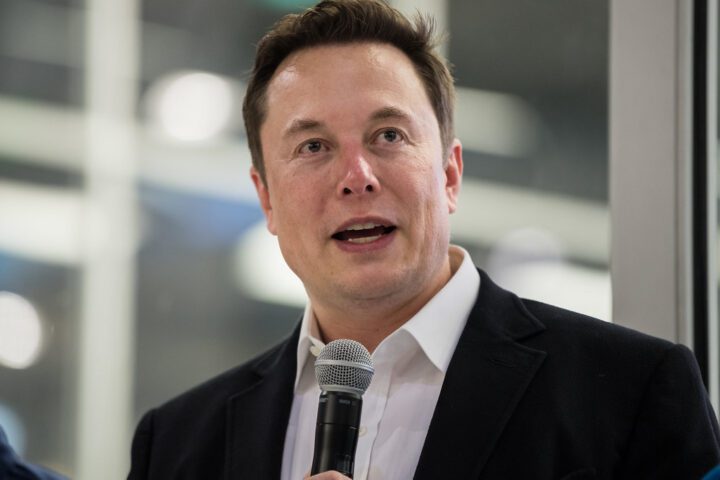Volvo Cars is steering into new territory with its latest venture, Volvo Cars Energy Solutions. This fresh division is all about harnessing the full potential of electric vehicles (EVs) beyond just getting from A to B. It’s about tapping into the batteries of EVs to power our homes and even give back to the grid. Think of it as turning your car into a mobile power station.
The company’s upcoming electric SUV, the EX90, is set to lead the charge. It’s built to not only drive you around but also to support bi-directional charging. This means it can supply excess energy back to the power network when it’s needed most. It’s a smart way to use energy more efficiently and rely less on traditional power sources.

Volvo isn’t going at it alone. They’ve teamed up with Göteborg Energi Nät AB back home in Sweden to see how this can work in the real world. They’re starting small, with a pilot program that uses a simple AC wallbox charger, making it something that could easily catch on because of its affordability.
Alexander Petrofski, who’s heading up this new unit, puts it plainly:”With bi-directional charging, you can use your car battery as an extra energy supply, for example to provide power to your home, other electric devices or another electric Volvo car.” He’s looking to spread this tech across Sweden and then Europe, showing how EVs can be more than just vehicles.
Similar Posts
Here’s where it gets interesting: Volvo’s electric fleet is set to have a battery capacity of about 50 GWh by the mid-2020s. But the average daily drive only uses up to 10 kWh. That leaves a lot of unused power that could be put to good use, potentially saving money for EV owners and cutting down on carbon emissions.
Volvo is exploring other ways to use this energy, like powering your home (V2H) or your outdoor adventures (V2L). It’s not just about driving; it’s about creating an ecosystem where your car plays a central role in your energy use.
The numbers back up the potential here. Volvo Cars reported a strong 2022, with an operating profit of SEK 22.3 billion and revenues of SEK 330.1 billion. They sold over 600,000 cars worldwide. With a goal to go fully electric by 2030 and carbon-neutral by 2040, Volvo is pushing the envelope on what it means to be an automaker today.

This move by Volvo is part of a bigger shift in the auto industry. Other carmakers are also exploring the role of EVs in energy management. For example, Nissan’s Leaf has been equipped with similar technology in some markets, and Tesla has hinted at future capabilities.
Volvo’s initiative is a step towards a future where cars are key players in our energy landscape. It’s a smart blend of mobility and sustainability, where your car isn’t just for driving—it’s a part of your home’s energy solution.


















